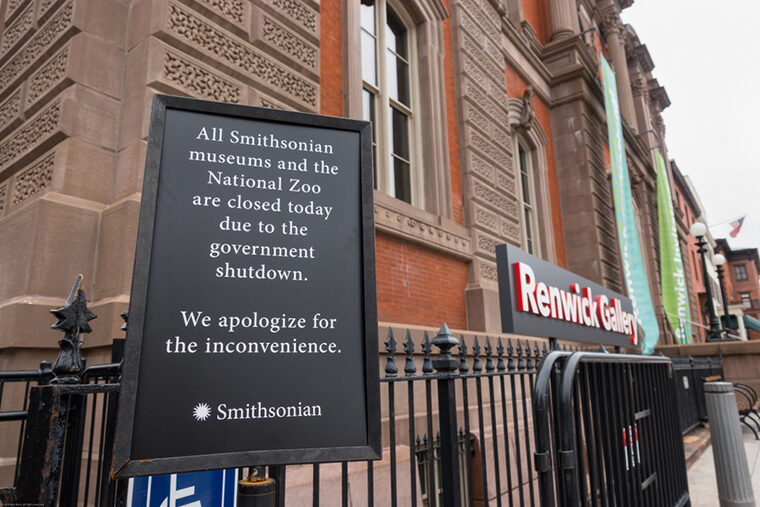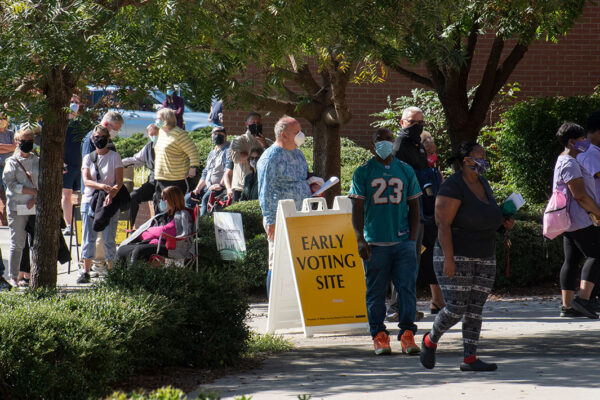When 800,000 government employees eventually return to work after a shutdown that started Dec. 22, expect them to work less efficiently — or, at minimum, feel less engaged and far less respected.
So says Jackson Nickerson, an expert in government leadership and organizational strategy at Olin Business School at Washington University in St. Louis.
“The question is not so much how to survive the government shutdown as it is how can the government restore operational effectiveness of the bureaucracy once the shutdown is over,” Nickerson said Jan. 9, the day after President Trump on network television reiterated his plea to exchange the end of the partial federal shutdown for billions of dollars toward building a border wall.

“Organizational effectiveness — whether it’s governmental or nongovernmental — fundamentally depends on senior leadership respecting organizational members,” said Nickerson, the Frahm Family Professor of Organization & Strategy and a Brookings Institution non-resident senior fellow in government studies.
“Surveys and President Trump’s own admission indicate that the government’s senior-most leader is using government employees as a pawn in a political battle,” he said.
This partial shutdown involves nine federal departments, roughly 420,000 “essential” employees working without pay, and another 380,000 workers who have been ordered to stay home, according to CNBC. All would miss their first scheduled paychecks on Jan. 11.
While average citizens tangibly see the closed doors and piles of garbage resulting from such a shutdown, “being furloughed has economic as well as psychological costs for many, if not all, involved,” Nickerson said. “No matter which side of the political battle one is on, it seems reasonable to conclude that these workers are likely not to feel respected, which has a consequence for organizational effectiveness of affected government agencies. Hence, once the shutdown is over how can leaders regain the engagement of government employees and improve organizational effectiveness?
“Some might argue that, as government employees, they have a duty to be engaged and effective. I don’t think such a view is reasonable because we can’t expect government employees to feel or behave differently compared to employees from any other organization that suffer a similar kind of treatment.”
While this federal shutdown approaches the longest one in history (21 days, 1995-96), no mound of evidence and precedence provides insight on how leaders can recover organization effectiveness. His advice for the leaders of those affected departments?
‘One consequence may be that with a large number of federal government employees eligible for retirement, we will see an acceleration of retirements.’
“Frankly, I don’t have a lot of advice for senior leadership — except that they should consider spending a significant amount of time and effort in rebuilding trust between employees and government leaders,” Nickerson said. “Yet, trust will be difficult to rebuild if leadership vacillates or changes direction frequently in unanticipated ways, which arguably has occurred during the current administration.
“Another possibility is to invest in building engagement in the workforce. A common way to build engagement is to push decision-making down lower in the organization and invest in development and training. However, such decentralization does not seem to be the raison d’être of the current administration.
“These factors suggest to me that the recovery of organizational performance in government agencies affected by the shutdown is likely to be slow, with actual recovery potentially fragile. One consequence may be that with a large number of federal government employees eligible for retirement, we will see an acceleration of retirements.”



